University of Alabama Financial Report 2023 | $3.2B
Active Capital Projects Portal
University of Alabama General Fee Revenue Bonds

Delivering our rhubarb around the village#Sunday pic.twitter.com/vEmSF4k8Uo
— Megs (@meg_j_boyle) April 28, 2024
The University of Wyoming Extension service provides research and education to farmers and ranchers; funded by federal, state, and local sources:
The Extension service also offers consultations, workshops, field days, and other events to help farmers and ranchers stay up-to-date on the latest research and technologies in agriculture.
The Oxford Companion to Food (3 ed.) | Alan Davidson
In 1592, during the reign of Elizabeth I, a decree was issued forbidding the sale of hot cross buns, except at burials, on Good Friday, or at Christmas.
Wishing everyone a peaceful #GoodFriday ✝️ pic.twitter.com/bgIB5gTsOv
— Katie Marshall (@KatieHistory) April 7, 2023
Supporting swimming pools with electricity involves various essential functions such as filtration, heating, lighting, and sanitation. Ensuring safety and energy efficiency is crucial, and pool owners can take steps to minimize electricity costs and environmental impact. Key points:
Filtration and Circulation: Swimming pools rely on electric pumps to circulate water through filters, removing debris and maintaining water quality.
Heating: Electric heaters or heat pumps are used to regulate water temperature for comfort, especially in colder seasons.
Lighting: Underwater and pool area lighting enhance safety and aesthetics, typically powered by electricity.
Chlorination and Sanitation: Electric chlorinators or ozone generators help maintain water cleanliness and hygiene.
Automation: Electric control systems enable pool owners to manage filtration, heating, and lighting remotely for convenience and energy efficiency.
Energy Efficiency: Pool owners can invest in energy-efficient equipment, like variable-speed pumps and LED lighting, to reduce electricity consumption and operating costs.
Operations and Maintenance: Regular electrical maintenance ensures safe and reliable pool operation, preventing electrical faults and hazards. The electricity cost for pool operation can be significant, so pool owners should consider energy-efficient practices and equipment to reduce expenses.
Education communities present one of the largest installed bases of artificially created bodies of water; the most abundance resource on earth. These bodies vary in size, purpose, and design but are all created by human intervention to serve specific needs, whether practical, recreational, or aesthetic. Safe and sustainable management of them in the Unite States are informed by best practice found in Article 680 of the National Electrical Code with scope statement below:
Construction and installation of electrical wiring for, and equipment in or adjacent to, all swimming, wading, therapeutic, and decorative pools; fountains; hot tubs; spas; and hydromassage bathtubs, whether permanently installed or storable, and to metallic auxiliary equipment, such as pumps, filters, and similar equipment.
Consultation on the First Draft of the 2026 revision closes August 24, 2024.
Related:
Pool, Fountain, Agriculture & Water Infrastructure Electrical Safety
https://www.si.com/extra-mustard/2016/08/15/michael-phelps-poses-bottom-university-michigan-pool-2005
Bricklayers, sometimes known as masons, are skilled craftsmen that must be physically fit, have a high level of mathematical skill and a love for precision and detail.
Bricklaying standards are guidelines and specifications that ensure the quality and safety of bricklaying work. These standards are often established by industry organizations, regulatory bodies, or national building codes. While specific standards may vary by region, some core bricklaying standards include:
Building Codes: Compliance with local building codes is essential. These codes provide regulations for construction practices, including specifications for masonry work. Bricklayers must adhere to the building codes relevant to the specific location of the construction project.
ASTM International Standards: ASTM International (formerly known as the American Society for Testing and Materials) develops and publishes technical standards for various industries, including construction. ASTM standards related to bricklaying cover materials, testing procedures, and construction practices.
Masonry Construction Standards: Organizations like the Masonry Standards Joint Committee (MSJC) in the United States publish standards specifically focused on masonry construction. These standards address topics such as mortar, grout, reinforcement, and structural design considerations.
Quality Control: Standards related to quality control in bricklaying include specifications for mortar mixtures, proper curing of masonry, and guidelines for inspecting finished work. Adherence to these standards helps ensure the durability and longevity of the masonry construction.
Safety Standards: Occupational safety standards, such as those outlined by the Occupational Safety and Health Administration (OSHA) in the United States, are critical for protecting workers on construction sites. These standards cover aspects like fall protection, scaffolding safety, and the proper use of personal protective equipment.
Brick and Block Standards: Standards related to the dimensions, composition, and properties of bricks and concrete blocks are important for achieving structural integrity. These standards specify characteristics such as compressive strength, absorption, and dimensional tolerances.
Construction Tolerances: Tolerances dictate acceptable variations in dimensions and alignments in bricklaying work. These standards help ensure that the finished structure meets design specifications and industry-accepted tolerances.
Testing and Inspection: Standards related to the testing and inspection of masonry work help verify that construction meets specified requirements. This includes procedures for mortar testing, grout testing, and overall quality inspections.
It’s important for bricklayers and construction professionals to be aware of and follow these standards to guarantee the safety, quality, and compliance of their work. Additionally, staying informed about updates to industry standards is crucial as they may evolve over time to reflect advancements in materials, techniques, and safety practices.
“In swimming, there are no referees, no foul lines,
no time-outs, and no substitutions.
It’s just you and the water.” – Unknown
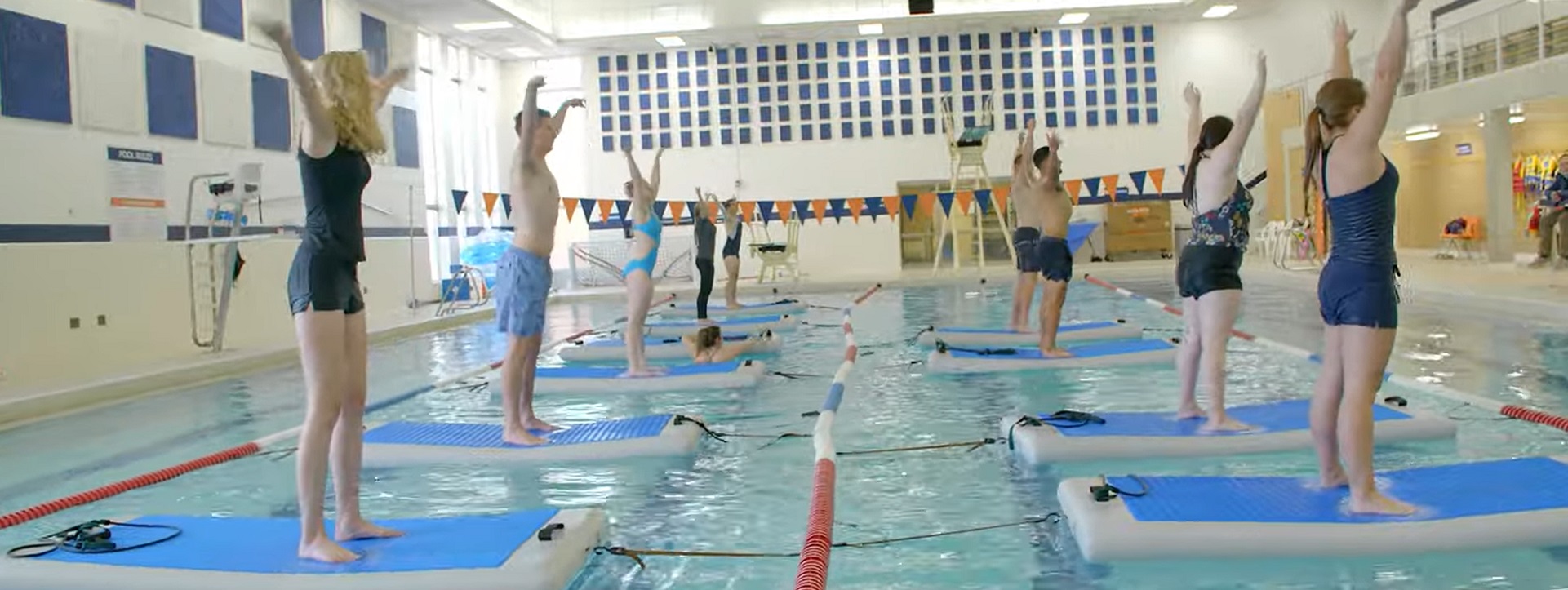
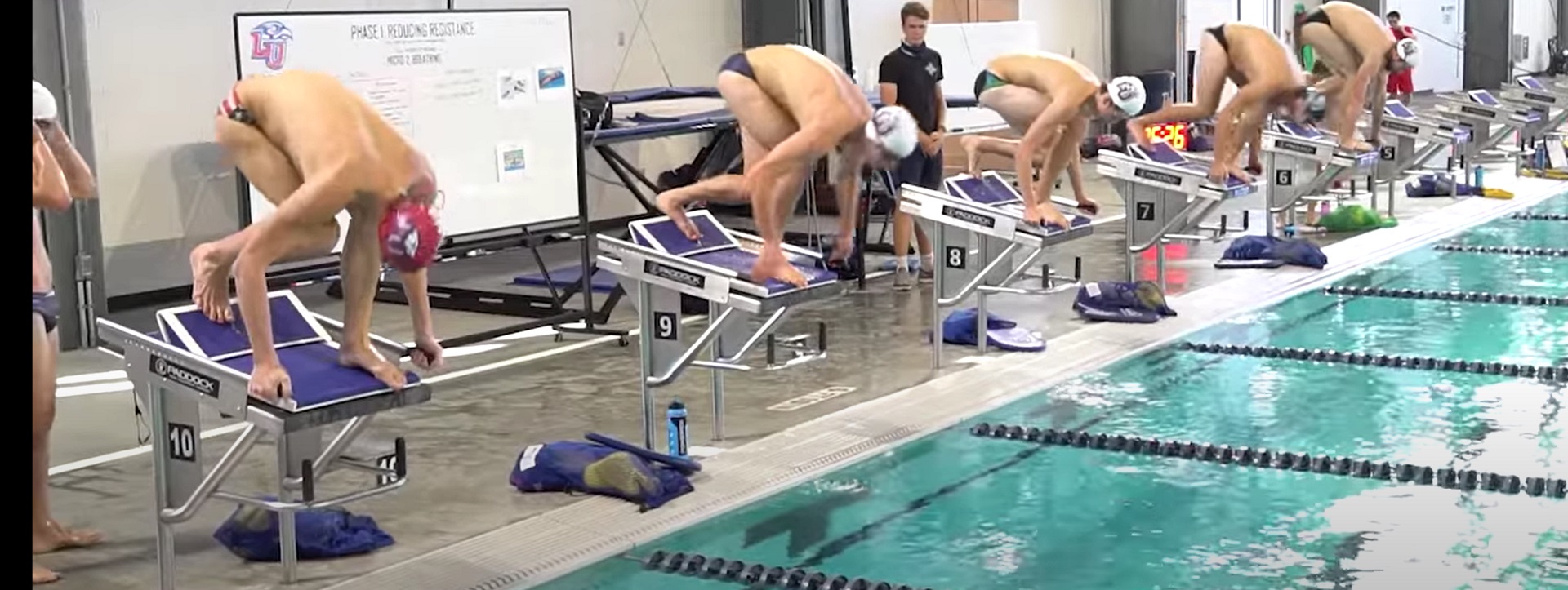
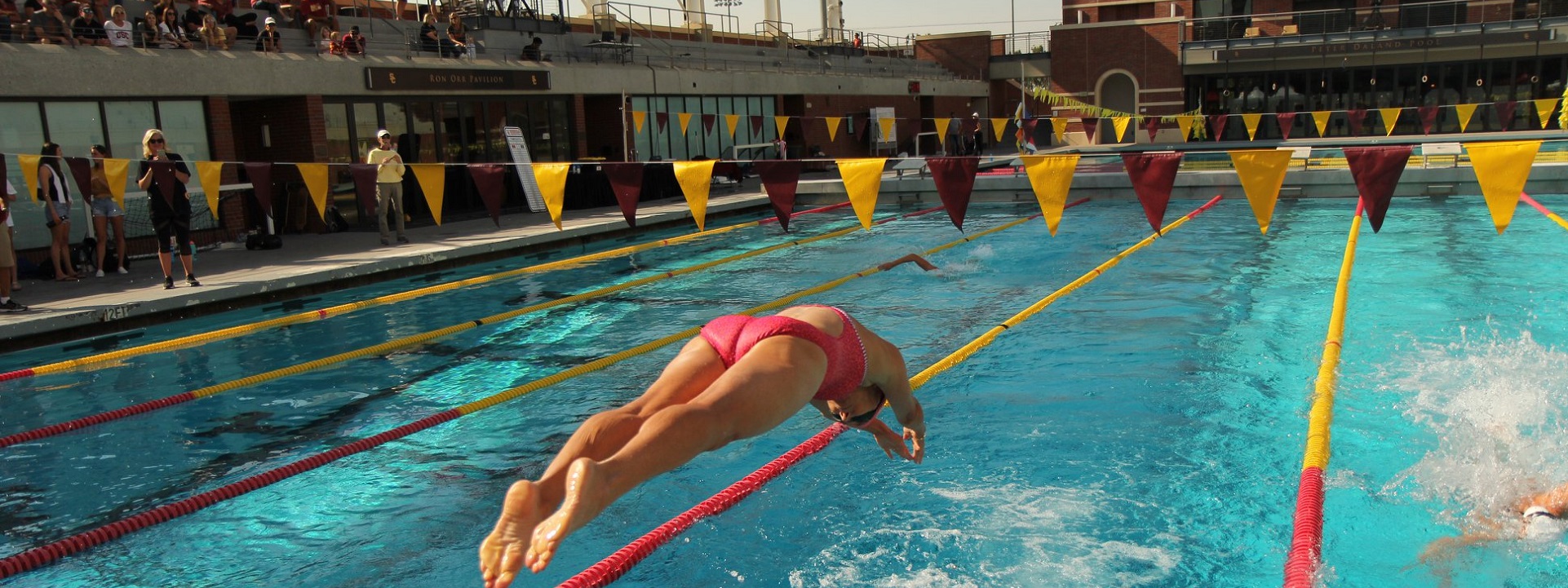
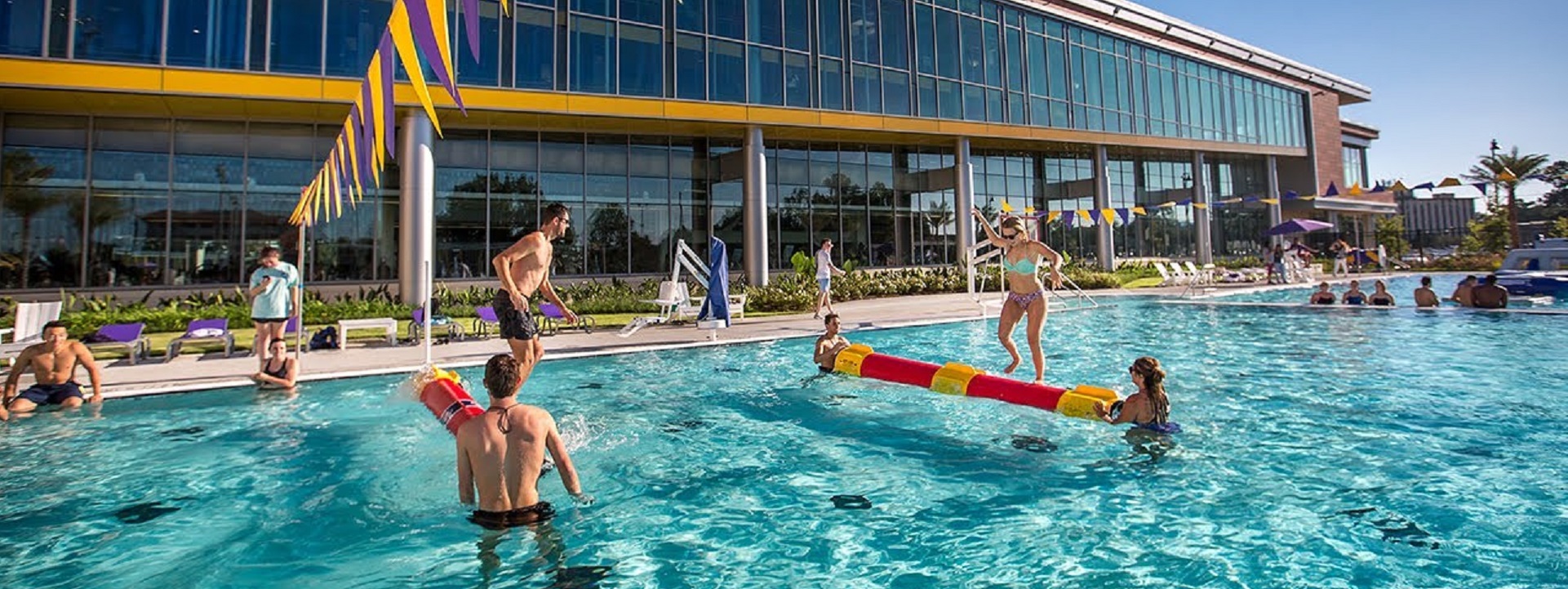
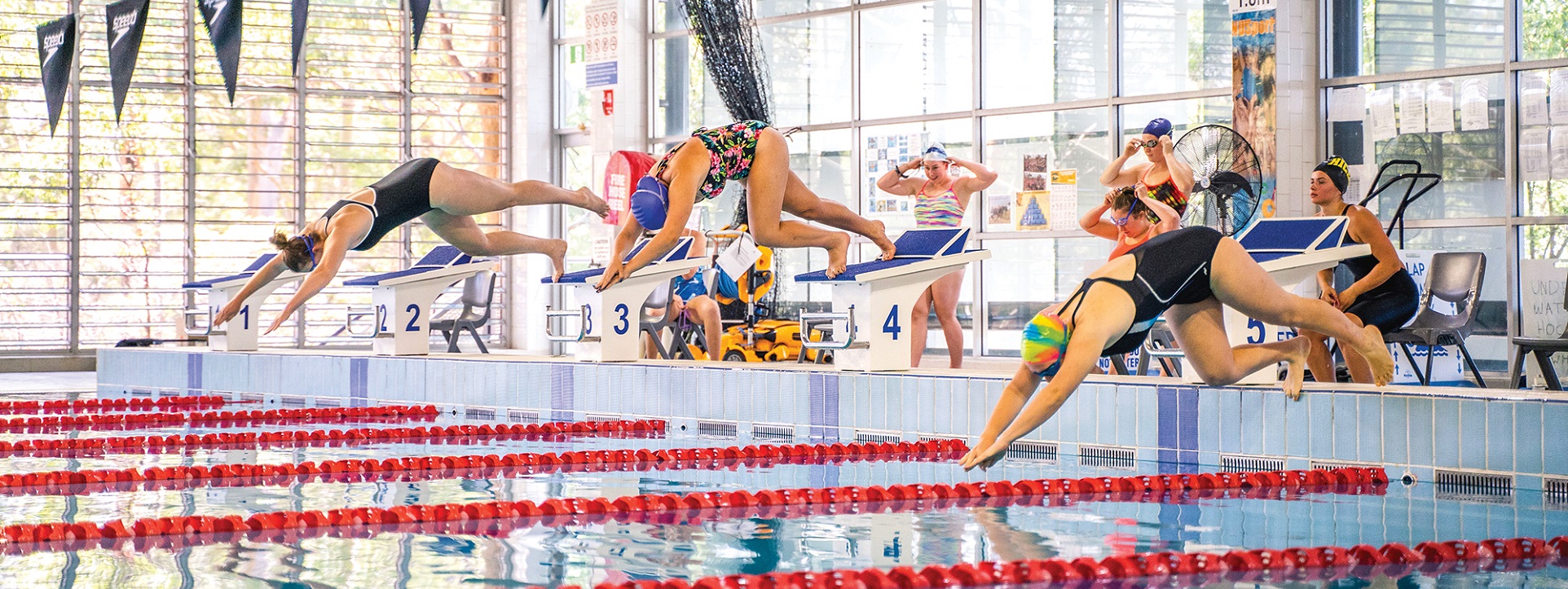
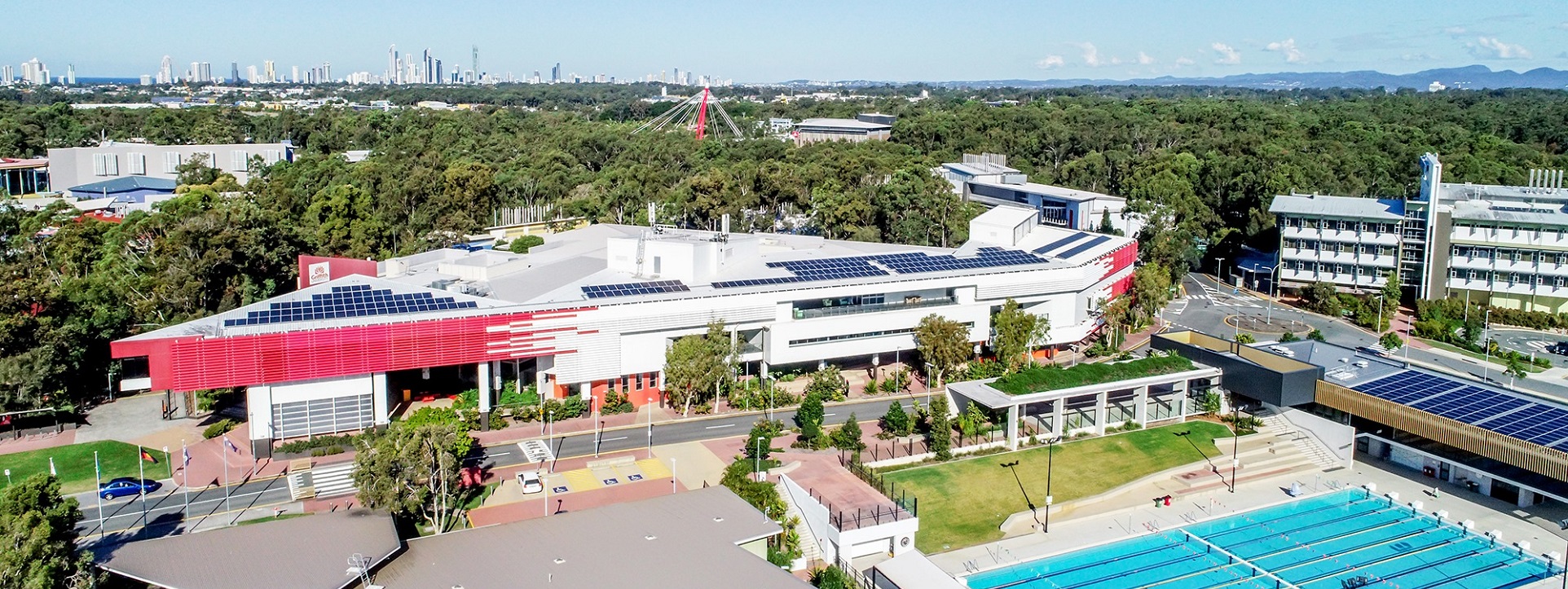
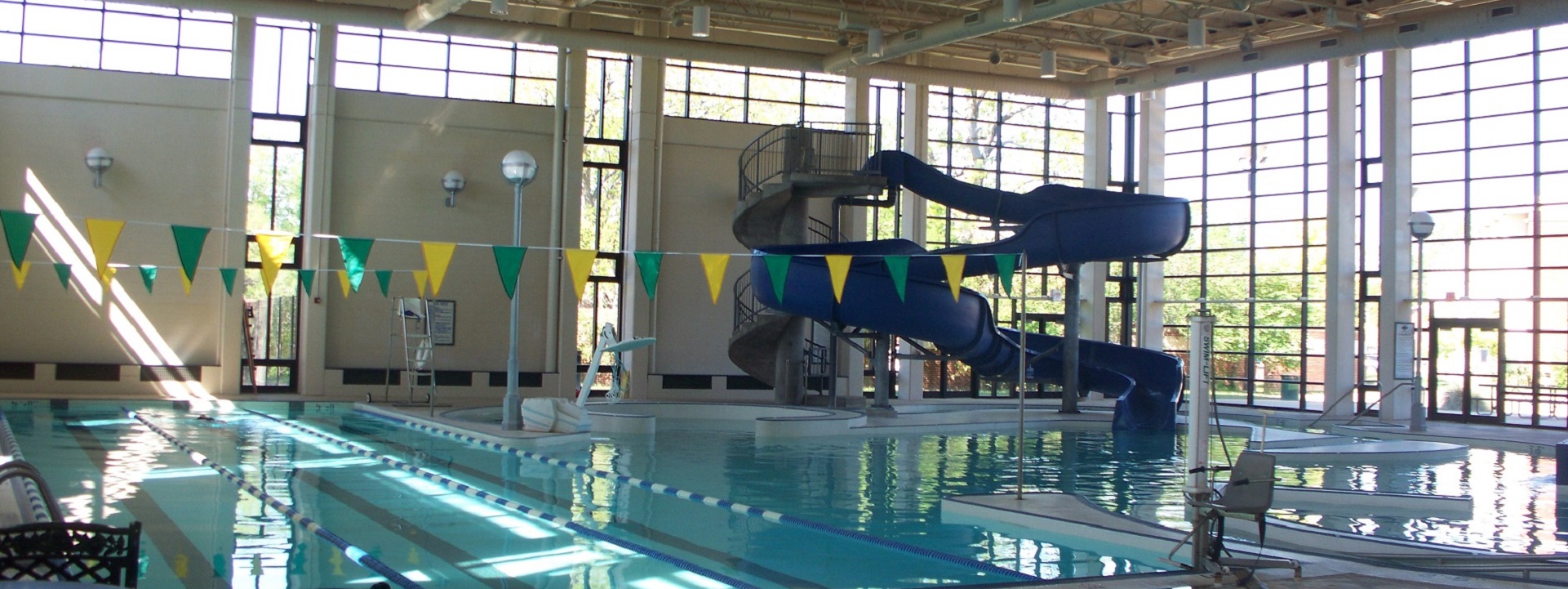
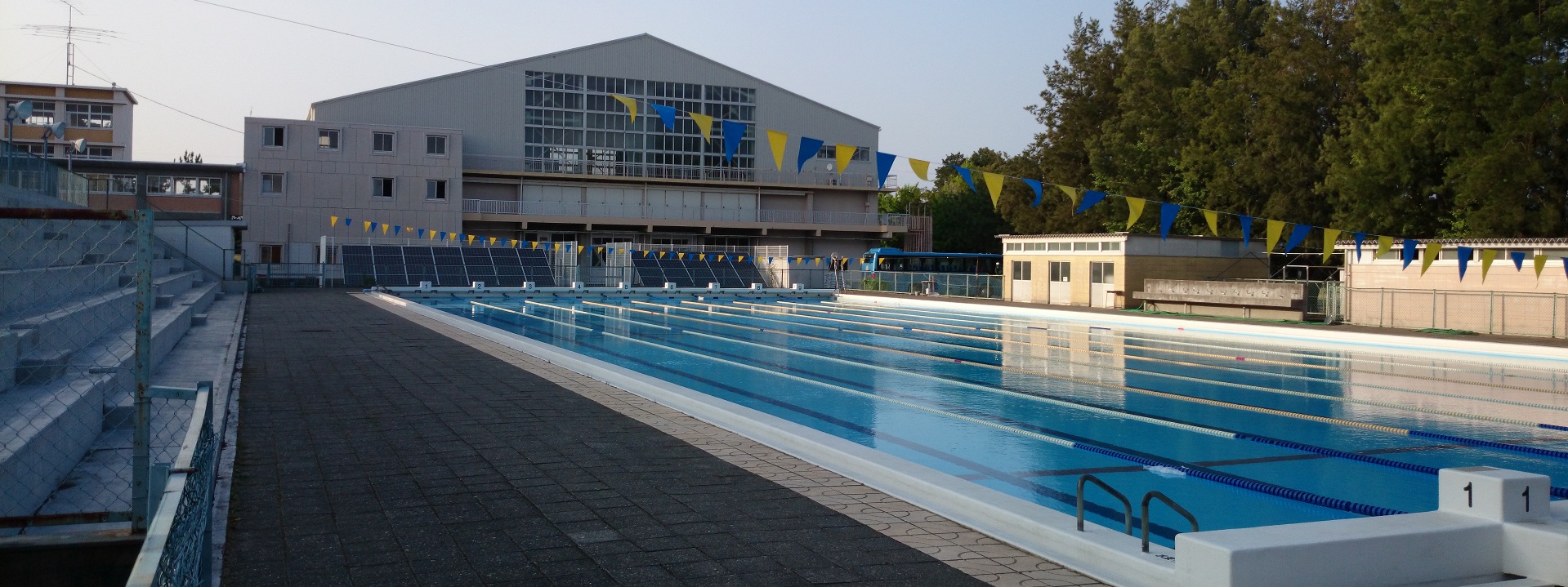
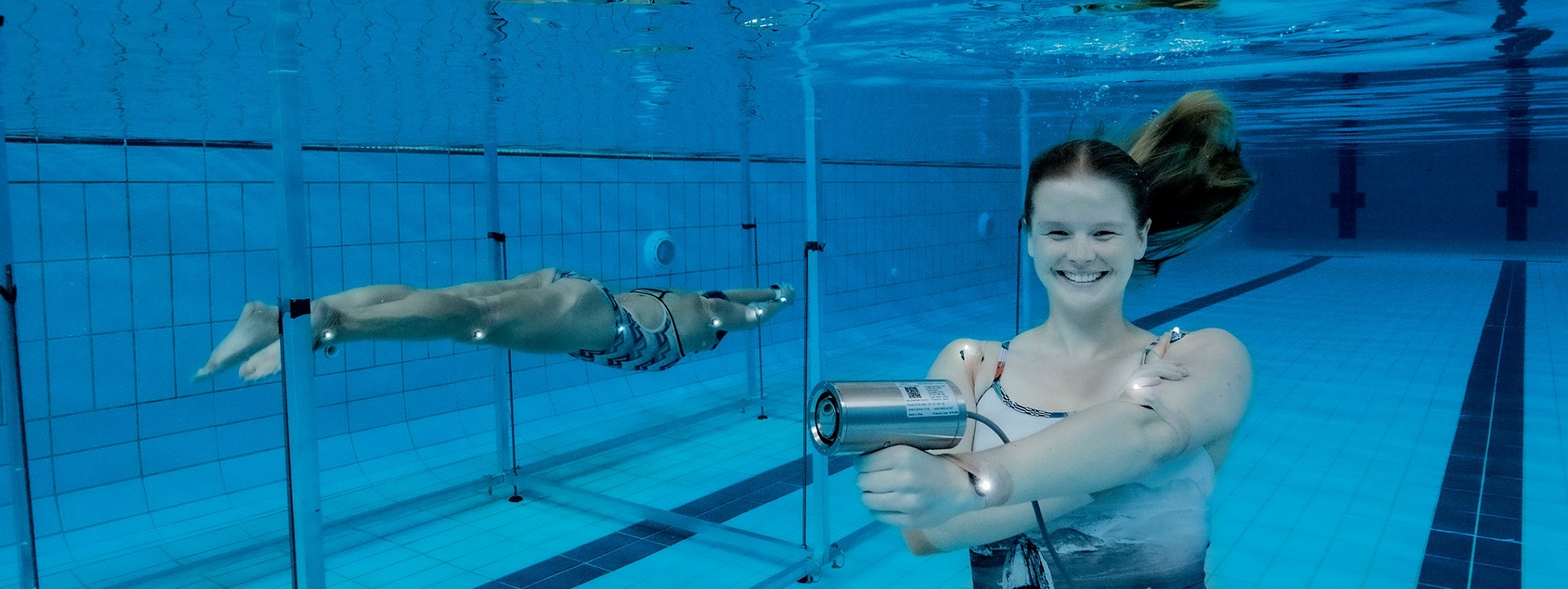
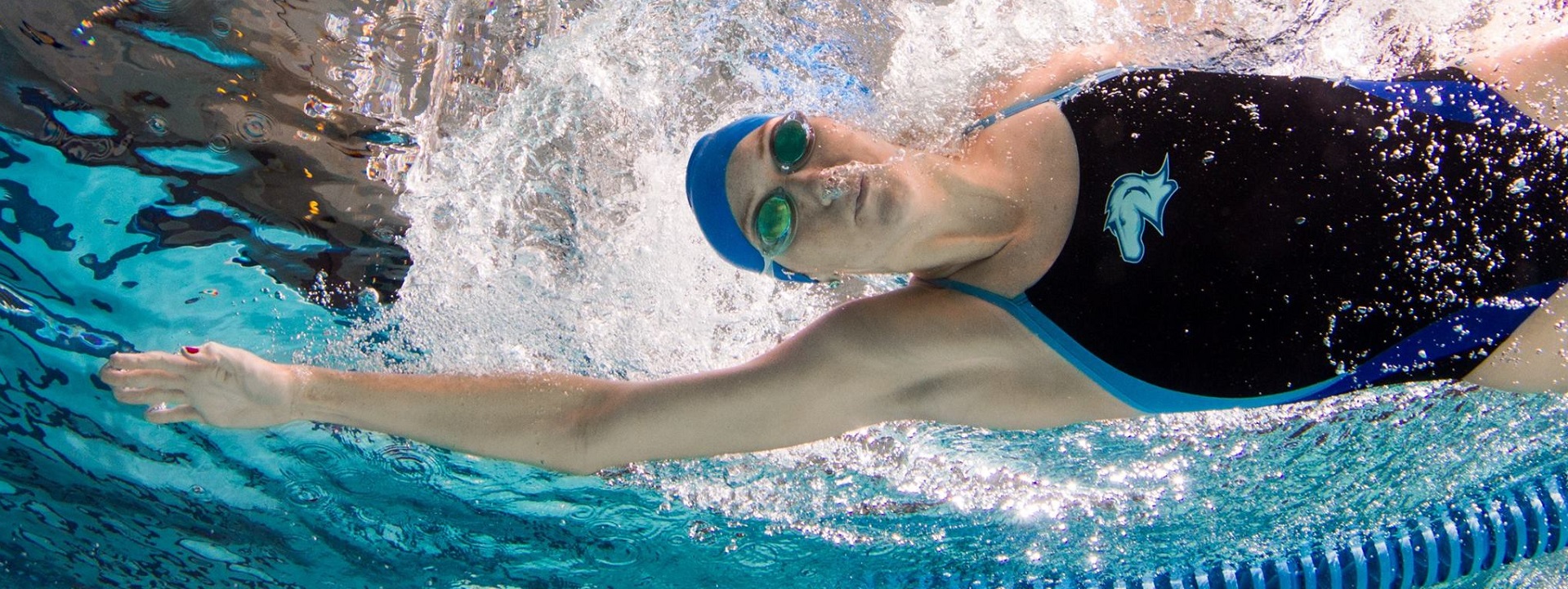
There are several specific problems that swimming pool overhead lighting aims to solve:
Overall, swimming pool overhead lighting is an important component of a safe, functional, and visually appealing pool. It provides illumination for visibility, enhances aesthetics, and improves functionality, while also being energy-efficient and durable.
After athletic arena life safety obligations are met (governed legally by NFPA 70, NFPA 101, NFPA 110, the International Building Code and possibly other state adaptations of those consensus documents incorporated by reference into public safety law) business objective standards may come into play. For almost all athletic facilities, the consensus documents of the Illumination Engineering Society[1], the Institute of Electrical and Electronic Engineers[2][3] provide the first principles for life safety. For business purposes, the documents distributed by the National Collegiate Athletic Association inform the standard of care for individual athletic arenas so that swiftly moving media production companies have some consistency in power sources and illumination as they move from site to site. Sometimes concepts to meet both life safety and business objectives merge.
During water sport season the document linked below provides information to illumination designers and facility managers:
Athletic programs are a significant source of revenue and form a large part of the foundation of the brand identity of most educational institutions in the United States. We focus primarily upon the technology standards that govern the safety, performance and sustainability of these enterprises. We collaborate very closely with the IEEE Education & Healthcare Facilities Committee where subject matter experts in electrical power systems meet 4 times each month in the Americas and Europe.
See our CALENDAR for our next colloquium on Sport facility codes and standards. We typically walk through the safety and sustainability concepts in play; identify commenting opportunities; and find user-interest “champions” on the technical committees who have a similar goal in lowering #TotalCostofOwnership.
Issue: [15-138]*
Category: Electrical, Architectural, Arts & Entertainment Facilities, Athletics
Colleagues: Mike Anthony, Jim Harvey, Jack Janveja, Jose Meijer, Scott Gibbs
More
More than half of this year’s American Institute of Architects North Carolina (@AIA_NC) awards were won by @NCStateDesign students, faculty and alumni. 👏 Explore their projects: https://t.co/0J28nxhgC2 pic.twitter.com/ACpEgAQfsN
— NC State University (@NCState) January 19, 2024
North Carolina State University Facilities
Athletic Competition Timing Standards
Today we update our understanding of best practice catalogs for outdoor and indoor watersport; primarily swimming and rowing. Use the login credentials at the upper right of our home page.
USA Swimming and the National Collegiate Athletic Association Swimming are two distinct organizations that oversee different aspects of competitive swimming in the United States. USA Swimming governs competitive swimming in the United States across all age groups and skill levels, while NCAA Swimming specifically focuses on collegiate-level swimming and diving competitions within the NCAA framework. Both organizations play crucial roles in the development and promotion of swimming in the United States.
Governing Body:
USA Swimming is the national governing body for the sport of swimming in the United States. It is responsible for overseeing competitive swimming at all levels, from grassroots programs to elite national and international competitions.
NCAA Swimming: NCAA Swimming is part of the National Collegiate Athletic Association (NCAA), which governs intercollegiate sports in the United States. NCAA Swimming specifically deals with collegiate-level swimming competitions among universities and colleges.
Scope:
USA Swimming is responsible for organizing and regulating competitive swimming for all age groups and skill levels, from youth swimmers to Masters swimmers (adults). It oversees swim clubs, hosts competitions, and develops national teams for international events.
NCAA Swimming: NCAA Swimming focuses exclusively on college-level swimming and diving competitions. It sets the rules and guidelines for swimming and diving programs at NCAA member institutions.
Membership:
Individuals, swim clubs, and teams can become members of USA Swimming, allowing them to participate in USA Swimming-sanctioned events, access coaching resources, and benefit from the organization’s development programs.
NCAA Swimming: NCAA Swimming is composed of collegiate athletes who compete for their respective universities and colleges. Athletes are typically student-athletes who represent their schools in NCAA-sanctioned competitions.
Competition Format:
USA Swimming hosts a wide range of competitions, including local, regional, and national meets, as well as Olympic Trials and international events. Swimmers compete as individuals, representing their swim clubs or teams.
NCAA Swimming: NCAA Swimming primarily consists of dual meets, invitational meets, and conference championships at the collegiate level. Swimmers represent their respective universities or colleges, earning points for their teams in dual meets and competing for conference and national titles.
Scholarships:
USA Swimming itself does not offer scholarships. Scholarships for competitive swimmers are typically awarded by colleges and universities based on an athlete’s performance and potential.
NCAA Swimming: NCAA member institutions offer scholarships to talented student-athletes in various sports, including swimming. These scholarships can cover tuition, room, board, and other expenses, making NCAA swimming an avenue for athletes to receive financial support for their education.
Turning our pool deck into a GYM 🤙🏋️♀️ pic.twitter.com/vfilShA8Ef
— Bobby Guntoro (@bobbygunt) September 25, 2023
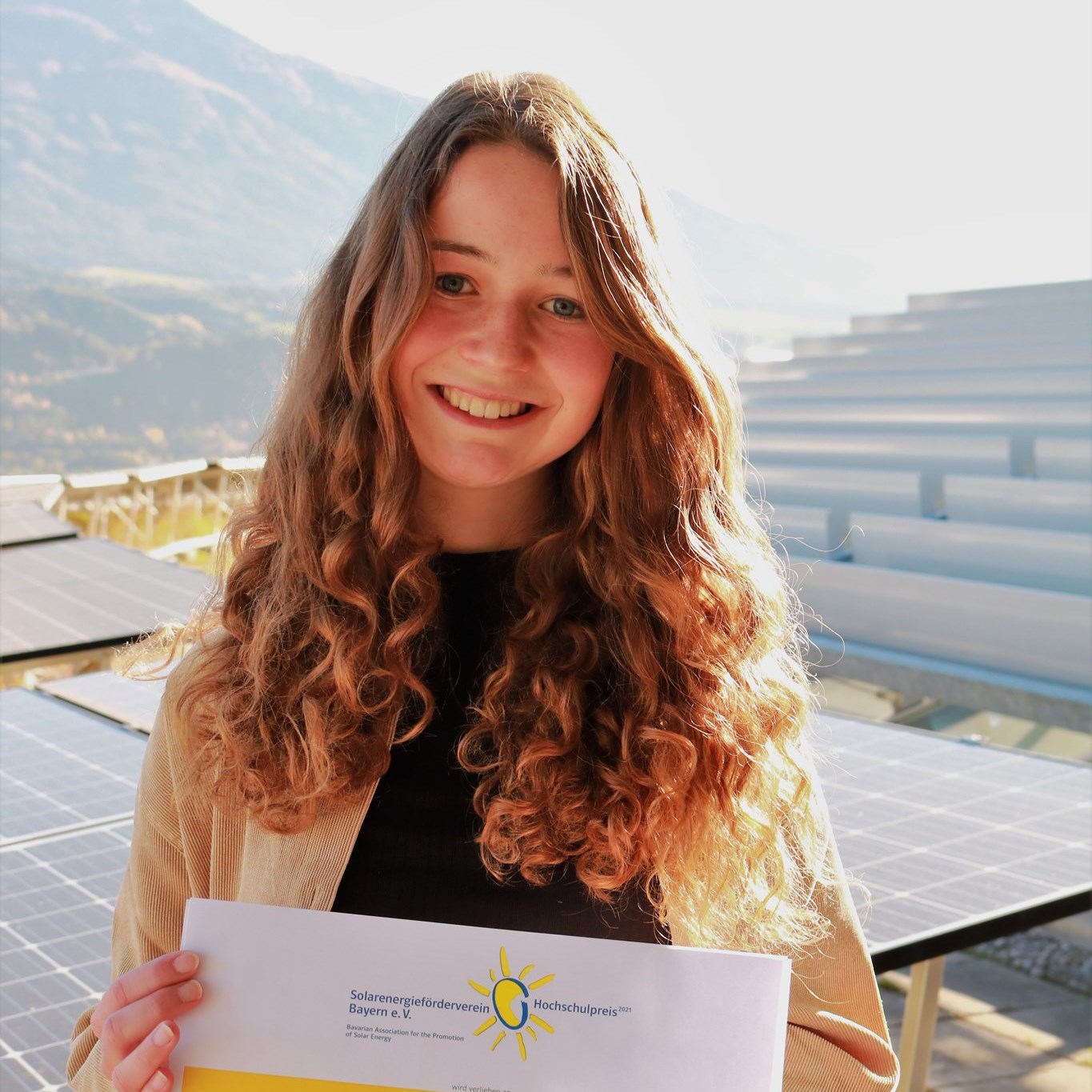
Sie strahlt vor Freude über ihre Auszeichnung – TH-Alumna Melanie Klaus. Für ihre Bachelorarbeit im Bereich Erneuerbare Energien wurde sie vom Solarenergieförderverein Bayern geehrt. In ihrer Bachelorarbeit im Studiengang Elektro- und Informationstechnik untersuchte sie das Zusammenspiel von Wind- und Solarenergie und den Nutzen, der sich hieraus für die regenerative Energieerzeugung erzielen lässt. Untersucht wurde also die Nutzung der natürlichen Kombination von Wind und Sonne für die Energieerzeugung. Um die Rentabilität dieser Einspeisekombination zu ermitteln, hat Melanie Klaus ein Software-Tool entwickelt, welches zur Planung und Simulation abgestimmter Photovoltaik-Wind-Kombinationen dient und bereits für die Errichtung einer Photovoltaik-Anlage zu einem Windpark eingesetzt wird.
Starting 2023 we break down our coverage of education community energy codes and standards into two tranches:
Energy 200: Codes and standards for building premise energy systems. (Electrical, heating and cooling of the building envelope)
Energy 300: Codes and standards that support the energy systems required for information and communication technology
Energy 400: Codes and standards for energy systems between campus buildings. (District energy systems including interdependence with electrical and water supply)
A different “flavor of money” runs through each of these domains and this condition is reflected in best practice discovery and promulgation. Energy 200 is less informed by tax-free (bonded) money than Energy 400 titles.
Some titles cover safety and sustainability in both interior and exterior energy domains so we simply list them below:
ASME A13.1 – 20XX, Scheme for the Identification of Piping Systems | Consultation closes 6/20/2023
ASME Boiler Pressure Vessel Code
ASME BPVC Codes & Standards Errata and Notices
ASHRAE International 90.1 — Energy Standard for Buildings Except Low-Rise Residential Buildings
2018 International Green Construction Code® Powered by Standard 189.1-2017
NFPA 855 Standard for the Installation of Stationary Energy Storage Systems
IEEE Electrical energy technical literature
ASTM Energy & Utilities Overview
Underwriters Laboratories Energy and Utilities
There are other ad hoc and open-source consortia that occupy at least a niche in this domain. All of the fifty United States and the Washington DC-based US Federal Government throw off public consultations routinely and, of course, a great deal of faculty interest lies in research funding.
Please join our daily colloquia using the login credentials at the upper right of our home page.
ICYMI – here is our 50th anniversary lecture from Professor Helen Thompson on the 1970s energy crises and what we can learn from it, with some great questions from our audience! https://t.co/9XUqc3fx5f pic.twitter.com/zHvqY8HYL1
— Clare College (@ClareCollege) March 9, 2023
More
United States Department of Energy
International Energy Agency World Energy Outlook 2022
International Standardization Organization
Energy and heat transfer engineering in general
Economics of Energy, Volume: 4.9 Article: 48 , James L. Sweeney, Stanford University
Helmholtz and the Conservation of Energy, By Kenneth L. Caneva, MIT Press
NRG Provides Strategic Update and Announces New Capital Allocation Framework at 2023 Investor Day
From our video archive:
Ask me why pic.twitter.com/zQIpuI7vCh
— Grace Stanke (@Grace_Stanke) August 23, 2023
New update alert! The 2022 update to the Trademark Assignment Dataset is now available online. Find 1.29 million trademark assignments, involving 2.28 million unique trademark properties issued by the USPTO between March 1952 and January 2023: https://t.co/njrDAbSpwB pic.twitter.com/GkAXrHoQ9T
— USPTO (@uspto) July 13, 2023
Standards Michigan Group, LLC
2723 South State Street | Suite 150
Ann Arbor, MI 48104 USA
888-746-3670
